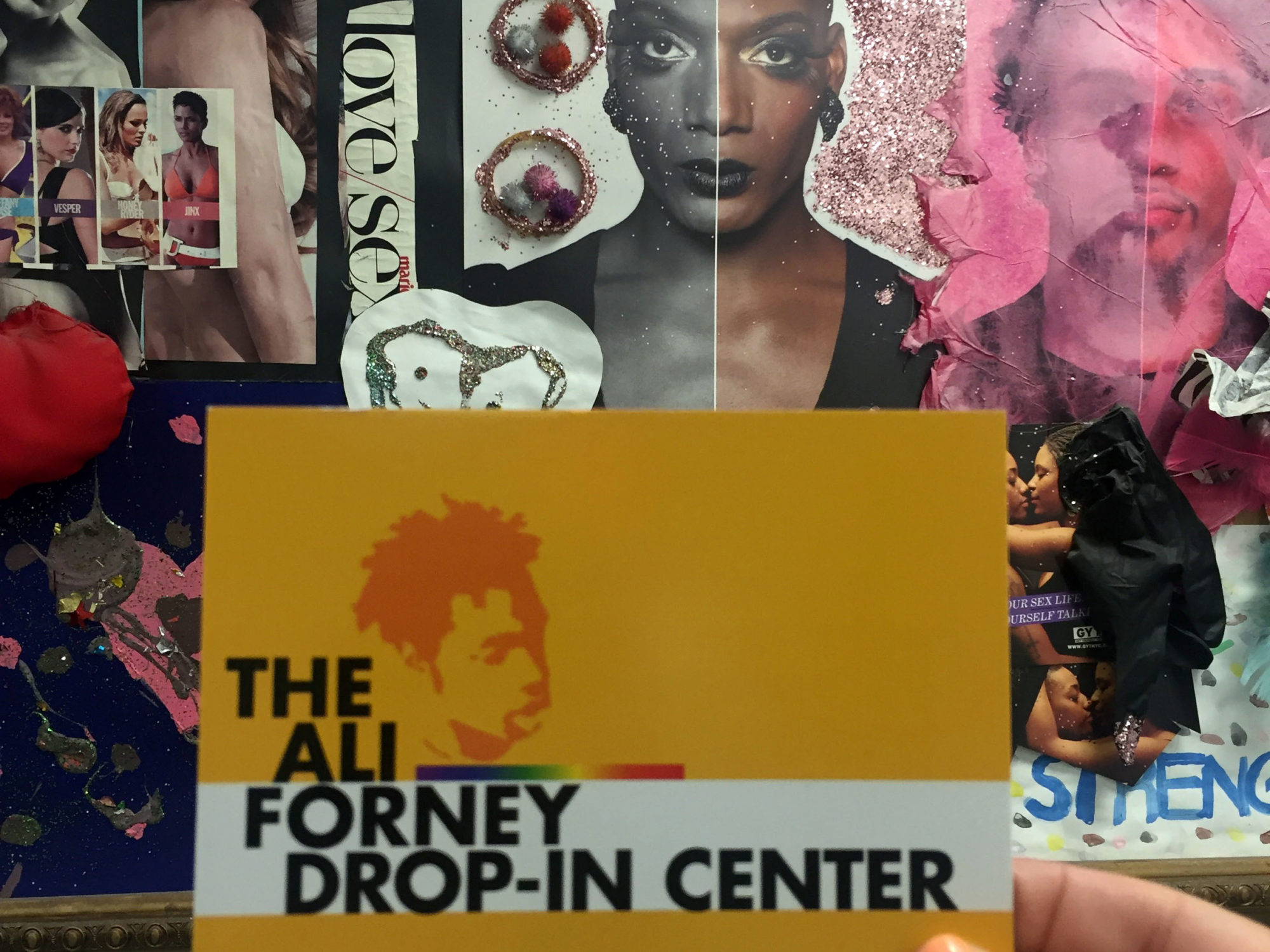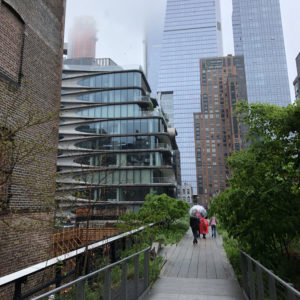Changemaker Catalyst Award recipient Lucy Satzewich traveled to New York City in May 2018 to meet with several organization committed to making safer spaces for LGBTQ youth. Lucy is an architecture student interested in how thoughtful design can foster ‘safer spaces’ for queer youth disproportionately affected by homelessness.
Drop-in shelters and youth programs are often the one safe, accessible home for queer youth without reliable or accepting family structures. Queer youth shelters are vital sites in a network of urban spaces designed to foster a more equitable city. However, due to both the high cost and urgency of their production, dedicated budgets for design come second, if at all. Traveling to New York City provided me the chance to visit major social service organizations dedicated to changing the lives of queer youth who are struggling to attain basic resources. From an architectural lens, these site visits focused on the under explored design needs specific to queer shelters and their cliental, as well as the difficulties of attaining space in increasingly expensive cities.
My interest in this research began when I spent the preceding year working with BreakOUT! a New Orleans based queer and trans youth organization dedicated to serving queer youth of color. Assisting them in their relocation and reorganization taught me a lot about design needs specific to this kind of organization, as well as the social and economic inequities faced by queer youth of color. Though the LGBTQ community has made massive strides over the last decade in establishing its voice, often this has been done to the exclusion of the trans community and the marginalization of communities of color. This project taught me that there is a great urgency for the creation of safer spaces for queer people of color who are disproportionately susceptible to violence, and criminalization. This award allowed me to take what I have learned from working with BreakOUT! and see how it is applied on a larger scale.
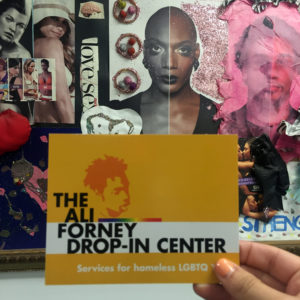
In New York City, I was able to meet with The Ali Forney Center, Metropolitan Community Church, The Center and The Bea Arthur Residence and speak with two organizations out of Columbia University, QSPACE and QSAPP, that focus on the nexus between queerness and design. It was exciting to discuss these issues with such a range of institutions and individuals who each offered a different perspective.
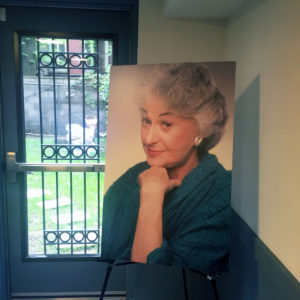
The Ali Forney Center was my first stop, and a key site in New York City’s network of queer services. They are one of the largest queer youth organization in the city and offer a variety of long and short-term housing options, as well as GED classes, meal services, clothing changes and employment aid. At their drop-in location in Harlem we discussed which components of their space where the most and least functional and their plans for expansion. Through this meeting, I was connected with The Bea Arthur Residence, a new, ground-up, long-term residence for queer youth, generously funded by the estate of Golden Girls actress and philanthropist Bea Arthur.
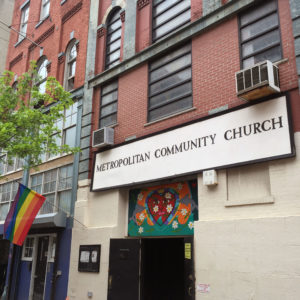
In Hell’s Kitchen, I visited The Metropolitan Community Church (MCC) and associated The Silvia Rivera Food Pantry, named after HIV and trans rights activist Silvia Rivera. Rivera was a passionate advocate for youth and as a member of the MCC, a LGBT Christian Church, created a food pantry that is now dedicated to serving youth and providing special diet meals for people living with HIV. I met with some long-time members of the congregation who operate a temporary shelter, and discussed the way their building, services and neighborhood have changed since their founding in 1972.
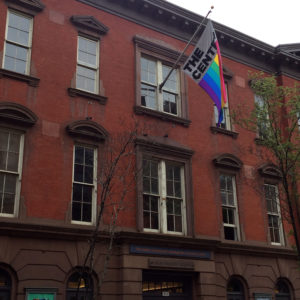
In Greenwich Village, I toured The Center; born out of the 1969 Stonewall Riots, The Center has been the keystone of queer activism in New York and across the country. After undergoing at $9.2-million-dollar renovation in 2015 this is a rare example of a project where design was heavily considered. It was inspiring and revelatory to see an existing example of a thoughtfully designed space for queer activism in the heart of its North American birthplace.
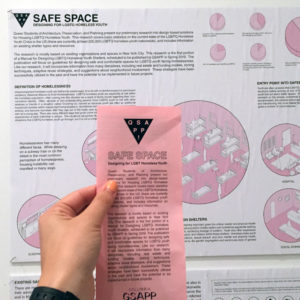
Finally, in my discussion with QSPACE and QSAPP I was able to compare notes
with other researchers on their finding and observations on similar projects. This provided me an amazing opportunity to connect with other architects with similar interests to explore issues of equity in design, safe space and the need for designers to be changemakers in their communities.
